Brahmins celebrate the development of a boy through “Upanayan Samskara” or Janeu Sanskar (sacred thread ceremony). The ceremony is generally noticed between the ages of seven and fourteen. In case the ceremony couldn’t take place because of any reason all through this age period, then it is required to be done before the wedding. The purpose of thread ceremony is to arrange a young man to share the responsibilities of elders. The thread is worn by the man within the company of a group chant of ‘Gayatri’ mantra. The thread is twisted in upward direction to make certain that ‘Sattwaguna’ (good quality of truth) prevails. The ceremony also suggests that the wearer of ‘Janeu’ will participate in the family rituals, from now onward.
Significance of three strands in Janeu Sanskar
The strands of the sacred thread has symbolic meanings. The scared thread has 3 strands. A bachelor is supposed to wear just one thread, a married person should wear 2 afraid threads and if the married man has a kid then he wears 3 threads. The 3 strands of the thread symbolize three debts of man that should never be forgotten.
They are:
- The debt of one’s teacher.
- The debt of one’s parents and ancestors.
- The debt of the scholars.
The 3 strands of the thread as well symbolize the three Goddesses, Parvati, Lakshmi and Saraswati. This signifies that the person becomes complete only with the facilitate of those 3 deities of strength, wealth and knowledge severally.
Significance of Upanayanam
The strands of the thread also stand for purity of thoughts, words and deeds of the wearer.
Through the ceremony of Upanayanam, the boy is introduced to the concept of Brahman and so becomes qualified to lead the lifetime of a Brahmachari according to the rules of the Manusmriti.
Hence, wearing the sacred thread is extraordinarily important in Hinduism as it marks the start of education for the kid.






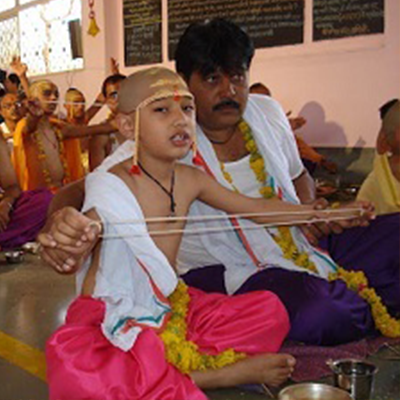


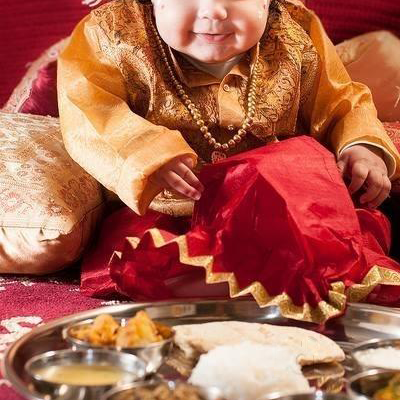

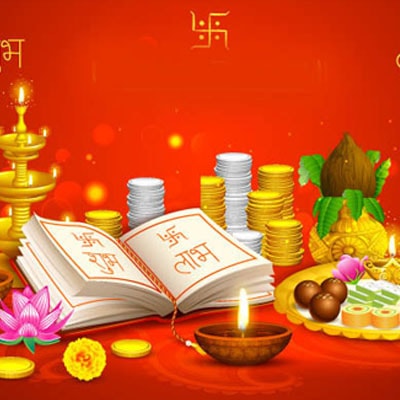
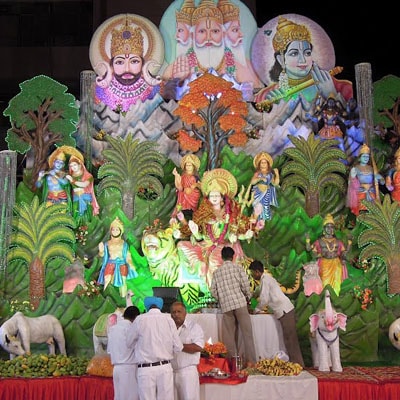


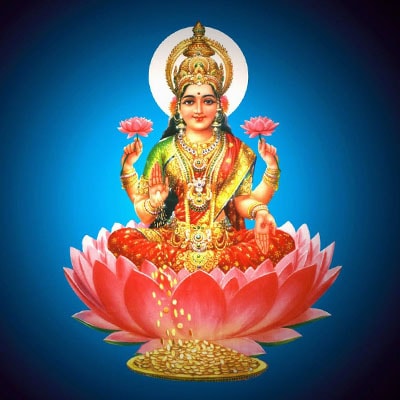
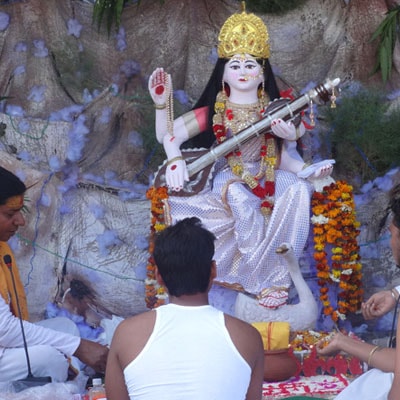

Reviews
There are no reviews yet.